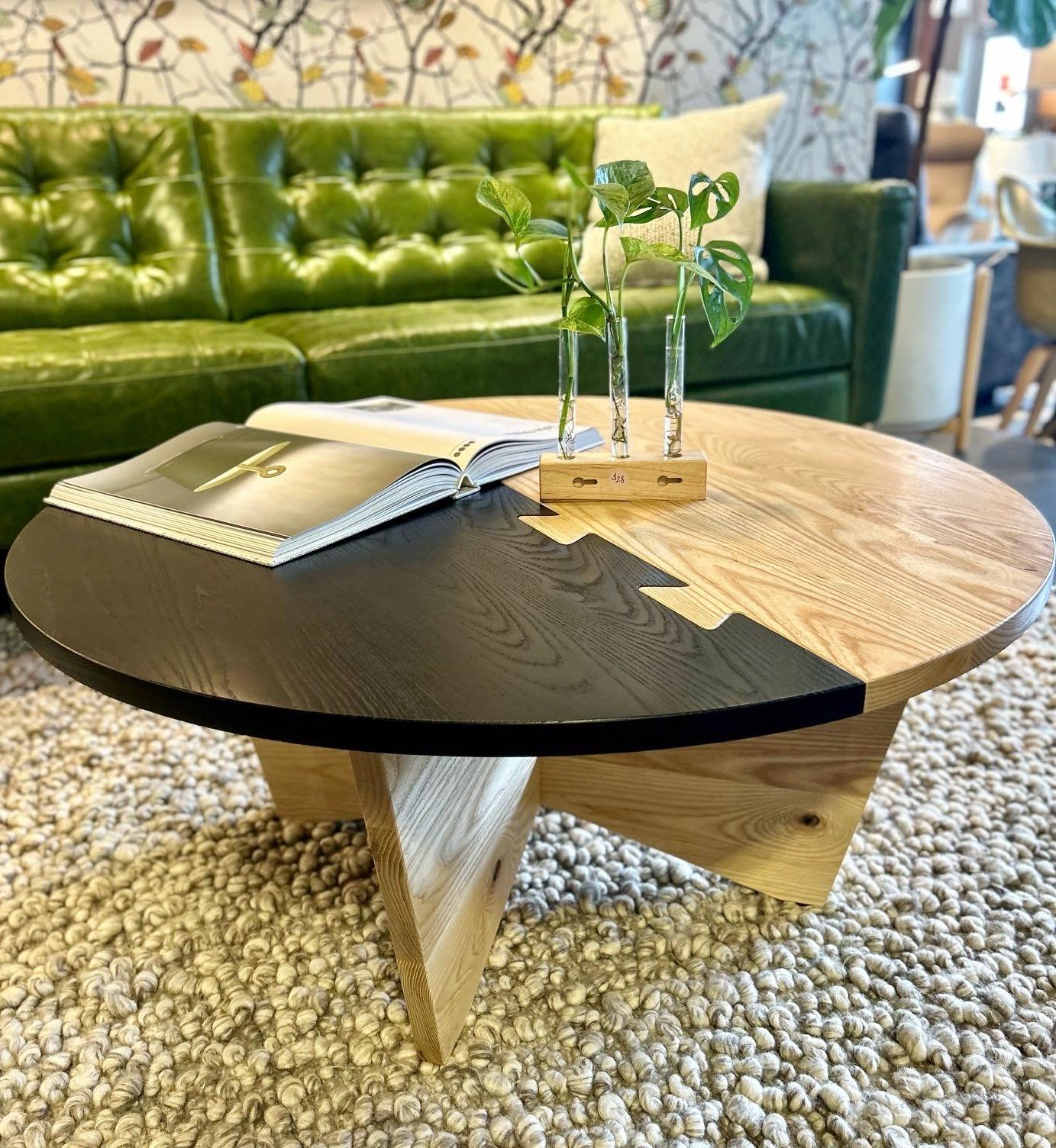Choosing the Right Coffee Table: A Comprehensive Guide
When it comes to furnishing your living space, the coffee table is often a central piece that anchors a room while serving multiple functions. From holding drinks and snacks to displaying decorative items and providing a surface for activities, the right coffee table should elevate both the look and functionality of your living area. With so many styles, materials, and sizes to choose from, selecting the perfect coffee table can be a daunting task. In this comprehensive guide, we'll walk you through everything you need to consider to choose the right coffee table for your home.
Understanding the Function
Before diving into design specifics, it's essential to determine the primary function of your coffee table. While coffee tables are commonly used to hold drinks, snacks, and remote controls, their functionality can extend beyond these basics:
Social Hub: If you entertain frequently, your coffee table might need to accommodate cocktails, hors d'oeuvres, and games. Consider a larger table with additional features like built-in storage or a sturdy surface.
Storage Solution: If you need extra storage, look for tables with drawers, shelves, or baskets. These can help keep your living area organized and clutter-free.
Display Space: If you enjoy decorating, a coffee table can serve as a showcase for books, plants, candles, and other decorative items. Choose a table that allows you to display your style without overwhelming the space.
Determining the Size
Size is a crucial factor when choosing a coffee table. A table that’s too large can dominate a room, while one that’s too small can look out of place. Here’s how to determine the right size:
Measure Your Space: Start by measuring the area where you plan to place the coffee table. Consider the length and width of the space, as well as the distance from the table to other furniture pieces. Ideally, the coffee table should be about two-thirds the length of your sofa.
Height Matters: The height of a coffee table should be proportionate to your seating. The standard height for a coffee table is between 16 to 18 inches, which is generally aligned with the height of your sofa seat. However, if you have a sectional or a higher sofa, you might need to adjust the height accordingly.
Clearance: Ensure there is enough clearance around the table. Aim for at least 18 inches between the table and surrounding furniture to allow for easy movement and access.
Choosing the Shape
The shape of your coffee table can influence the flow and aesthetics of your living space. Here are some popular shapes and their best uses:
Rectangular: This is the most common shape and works well in front of long sofas or sectionals. It provides ample surface area and is ideal for larger rooms.
Circular: Round tables are great for small spaces and can soften the angles of a room. They also work well with smaller sofas and sectionals, providing a cozy, intimate feel.
Oval: Oval tables combine the benefits of rectangular and round shapes, offering a softer look while still providing plenty of surface area. They are ideal for narrow spaces and can add a touch of elegance to your room.
Selecting the Material
The material of your coffee table affects both its appearance and durability. Here are some common materials we mix with solid wood in our coffee tables:
Metal: Metal table bases, including those made from brass, stainless steel, or iron, offer a modern, industrial look. They are durable and can add a sleek and contemporary touch to your space. Our metal table bases can be finished in various ways—such as matte, glossy, or brushed—to match your décor.
Glass: Glass coffee tables can make a room feel lighter and more spacious. They are available in clear, frosted, or colored glass. Keep in mind that glass tables require regular cleaning to maintain their appearance and may not be ideal for homes with young children or pets due to their fragility.
Considering the Style
The style of your coffee table should align with the overall design of your living space. Here’s a breakdown of popular styles and how they can complement your décor:
Modern: Modern coffee tables feature clean lines, minimalistic design, and often incorporate mixed materials like glass and metal. They are perfect for contemporary spaces and add a sleek, sophisticated touch.
Traditional: Traditional tables are characterized by ornate details, rich wood finishes, and classic designs. They work well in formal settings and can add a timeless, elegant feel to your room.
Industrial: Industrial tables embrace raw materials and utilitarian design. They often feature metal frames, reclaimed wood, and thick wood tops, making them ideal for lofts, home offices, or urban townhouses.
Scandinavian: Scandinavian design focuses on simplicity, functionality, and natural materials. Tables in this style typically feature clean lines, light wood, and neutral colors, creating a serene and uncluttered look.
Organic: Organic design celebrates the natural beauty and unique characteristics of materials, often incorporating elements that evoke the forms and textures found in nature. This design philosophy emphasizes fluid, flowing lines and the use of raw, unprocessed materials such as reclaimed wood, stone, and natural fibers. Organic furniture emphasized fluid, creating pieces that blend seamlessly with their surroundings.
Evaluating Durability and Maintenance
Durability and maintenance are important factors to consider, especially if you have a busy household. Here’s a guide to the durability and care of various materials:
Wood: All of our solid hardwood tables are finished with high-end varnish, making them extremely durable. We also provide maintenance kits, allowing you to polish your piece as needed. Choose a wood type and finish color that match your living space.
Glass: While very durable, our tempered glass tops can be easily smudged. Regular cleaning with a glass cleaner is essential.
Metal: Metal table bases are durable and often require minimal maintenance. Regular dusting and occasional polishing are usually sufficient to keep them looking their best.
Conclusion
Choosing the right coffee table involves a thoughtful consideration of function, size, shape, material, style, and budget. At Brenelli, we work closely with our clients to help them gain an By understanding of these factors and how they align with their living space and personal preferences. Whether you’re drawn to modern minimalism, rustic charm, or a mix of styles, choose Brenelli to design and build the perfect custom coffee table to complete your living area.







